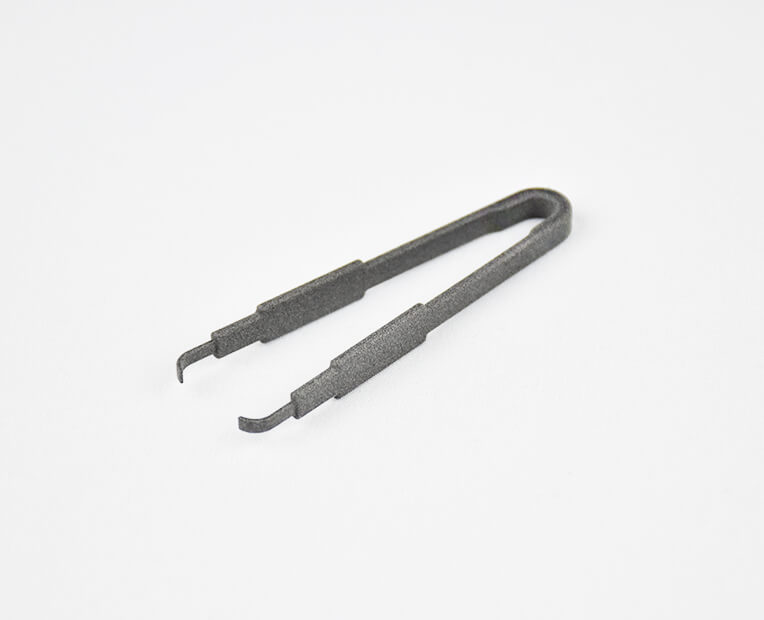The 3D printing technology is revolutionizing the medical equipment manufacturing sector by enabling the development of custom-made and complex medical devices.
Here are some of its applications in creating medical tools and instruments:
Prosthetics and orthotics
Additive fabrication is essential in developing and customizing prosthetic limbs, hands and fingers to fit each patient’s needs. It has made prosthetics more affordable and accessible, especially for individuals needing new prosthetics after unforeseen circumstances. Orthotics are also more and more developed using additive manufacturing, allowing to build devices adapted to the patient.

Surgical tools
Businesses are utilizing the process to manufacture surgical tools like forceps, clamps and scalpel handles. They may design these tools to be ergonomic and to fit the specific needs of a surgeon, making surgeries safer and more efficient.

Implants
The technique allows entities to produce patient-specific implants, including dental, hip and spinal implants. Medical practitioners may customize these implants to fit the exact patient’s specifications, making them more effective and reducing the risk of complications.
Models and guides
Rapid manufacturing lets experts build models of organs and bones to aid in surgical planning. Furthermore, it helps produce guides that assist surgeons during procedures.
Hearing aids
Establishments may use the technology to fabricate customized hearing aids that fit perfectly in a patient’s ear, making them more comfortable and effective.
Drug delivery systems
Additive fabrication enables manufacturers to create oral, injectable, inhalation or transdermal drug delivery systems that can release drugs at specific times and locations in the body. Researchers can use this technique to improve the effectiveness of drugs and reduce side effects.
Overall, additive manufacturing promotes the fabrication of medical equipment that is optimized and more personalized to the user.


 Connect with Google
Connect with Google Connect with Facebook
Connect with Facebook

